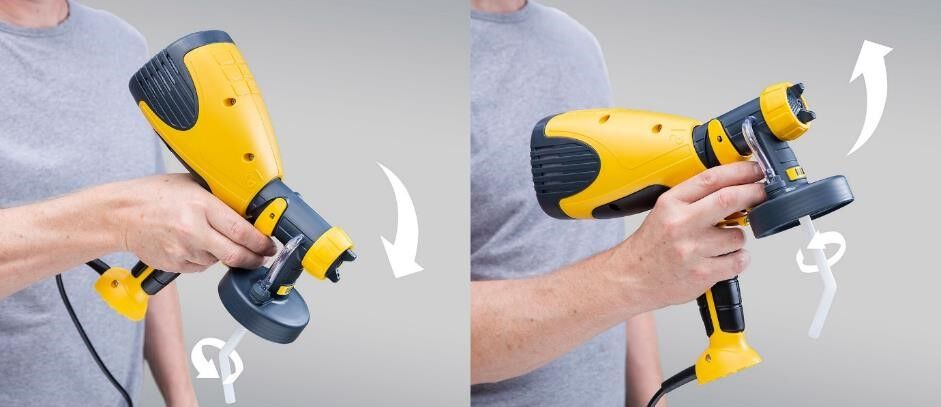Painting raised beds with Sari from Saris Garage
Whether in the lovingly landscaped garden behind the house, on an urban roof terrace or a sunny balcony - a raised bed always looks good. Thanks to its height, it is easy on the back and knees to care for, it successfully showcases plants such as herbs and radishes, and assembling and laying out the bed is easy even for inexperienced amateur gardeners.
DIY experts Sari and Christian from the blog "Saris Garage" show us how to give your wooden raised bed a completely new look with a fresh woodstain and protect it from the weather at the same time. Because as soon as wood is exposed to moisture, fluctuating temperatures and frost outside, cracks, unsightly discolouration and mold can form.
Sari's raised bed is also to be spiced up with a fresh colour. Sealing and therfore protecting the wood is the highest priority. The Do-It-Yourself expert invites us into her garden to show how quick and easy it is to coat the raised bed with the help of a paint sprayer.








